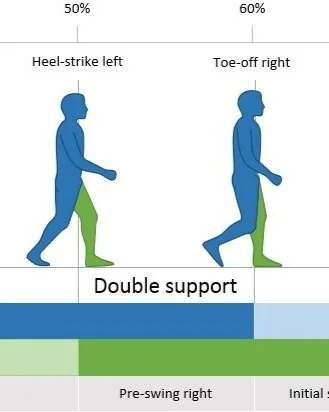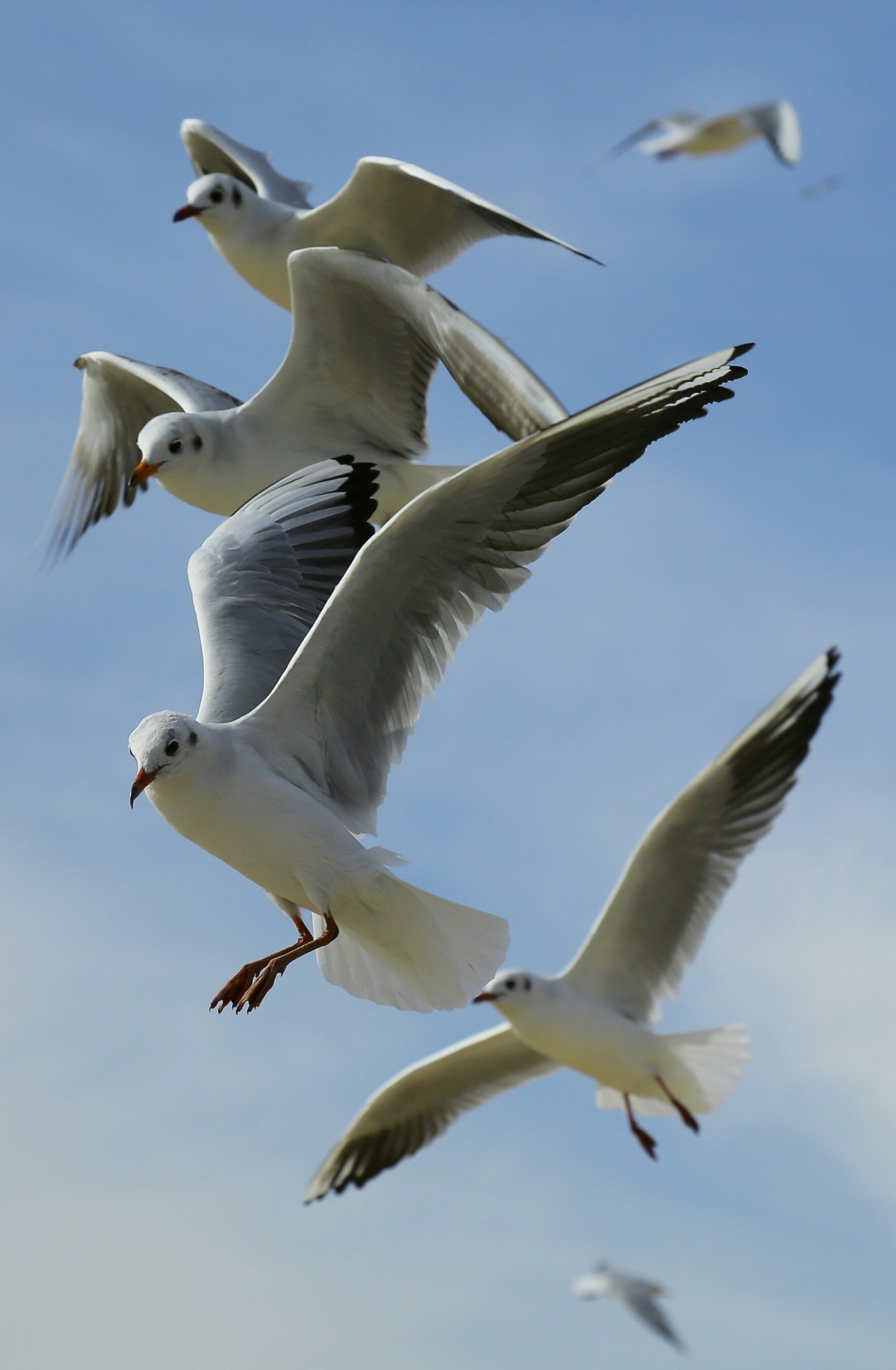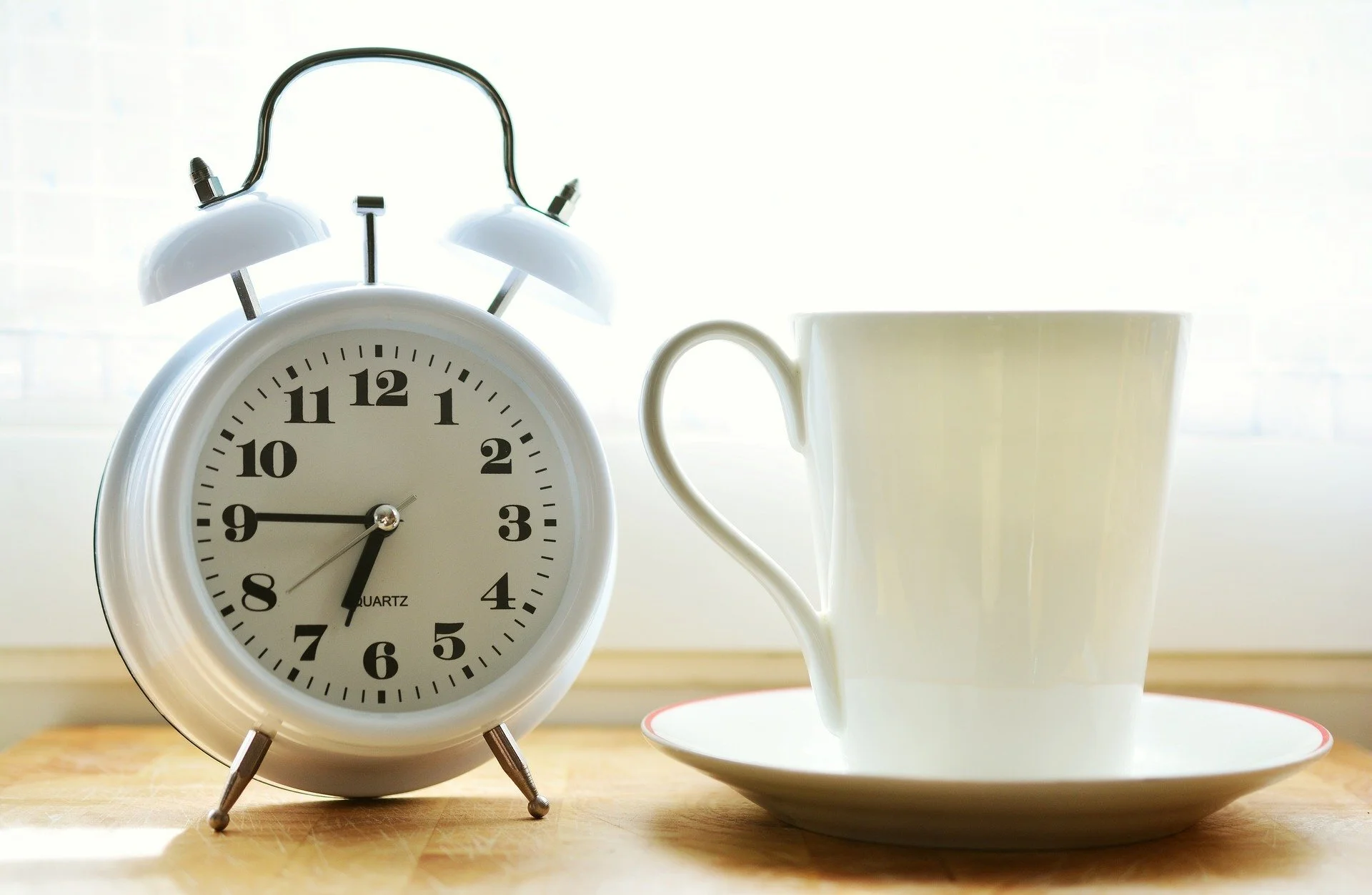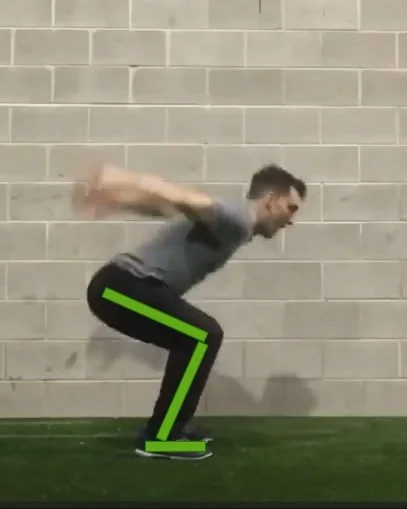
BIOMECHANICS • PSYCHOLOGY • MENTAL HEALTH
My goal is to bring real-world science to the art of animation
I like to learn something new every day and I think other people might be curious too, so I’ve made this website to share what I’m learning with you :)
Dim the lights, make yourself comfortable, and let me take you on a journey.
It’s all based on research.
ARTICLES
Efficiency is key in a healthy walk cycle, with propulsion and energy conservation being the primary objectives.
In this article, We are going to break it down into its most basic components. First, we will break it down temporarily into small chunks and actions. Second, we will break it down physically to understand all the components and movement patterns that go into a step.
Today’s article will focus on understanding the anatomy of the wing that propels flight and the basics of aerodynamics that make flying a reality. We cover the different flight patterns and break down the three stages of flight: lift-off, flying, and landing. At the end, I've covered some curiosities about wing shapes and how they influence flight patterns.
We'll take a dive into the structure of fictional stories by following the hero's cycle. In all the adventures we tell, there is usually one motif or narrative that, some people may have noticed, keeps repeating itself. The Hero with a Thousand Faces is the story of these stories.
Today’s topic will be about the learning process. I want to describe and investigate the learning process that takes place in mastering a craft, and hopefully help the readers understand better their own journey—where they are now, where they are going, and how to get there.
You’ll find an analysis of footfalls of the most common quadrupeds’ gaits, including which animals each gait suits best. Here, I analyze all six gaits in the order of the speed they provide the animal: walk, amble, trot, pace, canter, and gallop.
That is why we need clear goals to guide and mold our habits into what we want. If we don’t have a clear sense of direction, we might pick up habits here and there that we think are “good” but that have little to no relevance in our lives, and such habits rarely stick with us for long.
Creative ideas are among the most elusive commodities we value, and yet how to reach them remains, for the most part, a mystery. The creative inspiration we look for seems so out of reach when we focus on it, and then it comes to us when we least expect it.
The problem is that this stress reaction evolved to be a quick fix for a temporary problem; it is not sustainable. When we maintain stress in our lives over long periods of time, the body will eventually enter a stage of exhaustion when our internal resources become depleted.
When we engage with a story, we are momentarily drawn away from our circumstances and enter into a different universe living it through the protagonist. His goals become our goals; we feel his achievements and losses as our own.
Flow is described as a state of mind in which we feel our best and perform our best; we are so involved in what we are doing that we no longer have the mental energy to be aware of anything else.
Different species evolved different types of eyes, depending on the needs of their environment. Did you ever stop to notice that some animals have eyes on the side of their head? Why are ours so frontal? And why the eyes of a fly look so different?
FROM THE BLOG:
With the knowledge of the previous posts put together, I would like to cover why we tend to anticipate actions. Why does going backward help us move forward, why does going down help us go up, and how does this counterintuitive idea of going in the opposite direction make us move more efficiently?
In the previous posts, we've covered the joint's range of motion and how muscles pull on them to create movement. Today, we'll dive a little bit deeper and see how both the shape of bones and muscle attachment to them interact to create a lever-like system.
In this little series of posts, I want to simplify and make the topic of anatomy accessible. My focus will be mostly on understanding the biomechanics of movement. In this post we'll focus on muscles and how they function.
In this little series of posts, I want to simplify and make the topic of anatomy accessible. My focus will be mostly on understanding the biomechanics of movement. We'll focus on the joints and muscles that make us move.
















In this post, we will try to take those basics and go more in-depth, looking at the gait from a slightly more functional and anatomical angle. We will cover the main muscle groups, timings, and bone structures responsible for moving us forward and answer the question: What makes a walking gait successful?